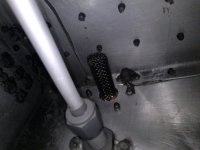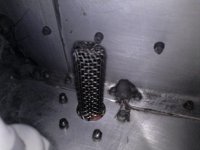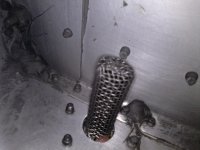On the early -12 fuel tank can the fuel strainer be inspected with a bore cam through the filer tube? Can a bore cam cause an explosion? Should the tank be empty or full? I did not build the tank, can the strainer be accesed by removing the fittings on the bottom?
I know of SB-00070 but have not done that yet, besides I assume I am looking for deterioration of the strainer or debris so how would that be serviced?
I know of SB-00070 but have not done that yet, besides I assume I am looking for deterioration of the strainer or debris so how would that be serviced?







